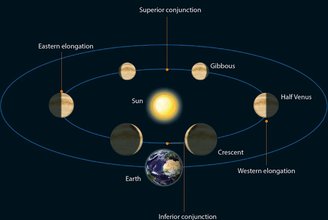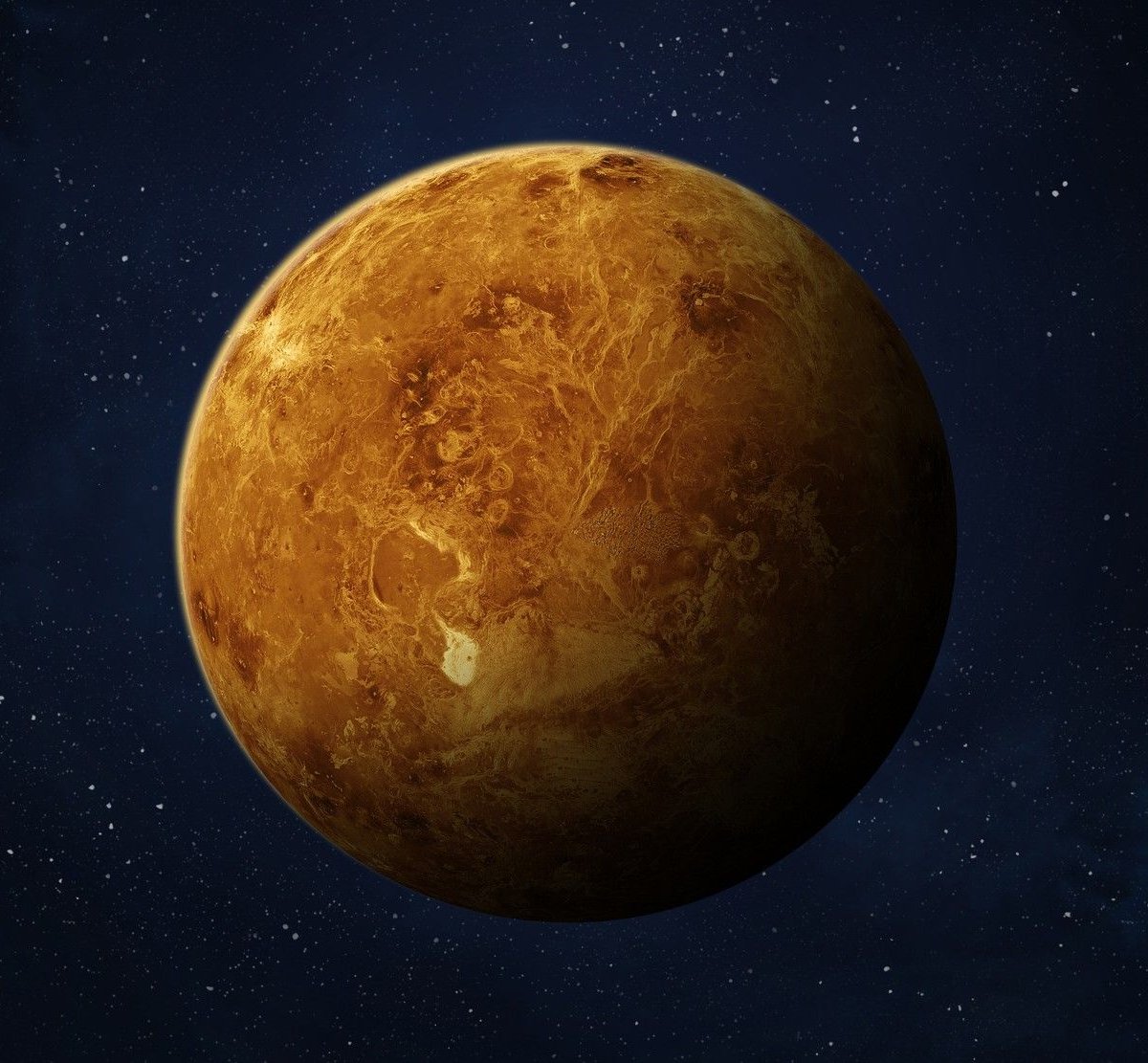Venus has been known for thousands of years and is one of the main celestial bodies in the Solar System visible to the naked eye. According to the United States National Aeronautics and Space Administration (NASA), Venus is the brightest planet generally observed with the naked eye; Its shine is so intense that many people call it the ‘morning star’.
Some of the scientific community calls Venus ‘Earth’s twin sister’ due to its rocky structure and similar size to our planet. But the similarities end there.
Instead of ordinary rain, it can cause sulfuric acid to precipitate in the atmosphere. Additionally, atmospheric pressure is about 90 times greater than on Earth, and the planet has no moons. So they have similarities but their features are very different.
Contrary to the understanding of the phrase ‘Earth’s twin sister’, many people do not understand why Venus is called the ‘morning star’. This nickname occurs not only in Portuguese but also in different languages around the world.
After all, isn’t Venus a planet? Yes, the International Astronomical Union (IAU) defines it as a planet, but the term ‘star’ in the name does not refer to the type of celestial body. In fact, it is related to its location and orbit in the Solar System.
“Galileo’s observations of the phases of Venus helped turn the world of astronomy upside down in the early 1600s, and you can see them using a telescope or even surprisingly low-power binoculars,” NASA explains in an official release.
Why is Venus called the ‘morning star’?
‘Morning Star’ is not the only name for Venus; It is also often called the ‘evening star’. The explanation is simple: the planet is visible to the naked eye in the morning and evening sky, where its brightness is much more intense than other stars.
Since ancient times, human civilization could observe that the cosmic object was very bright in the morning and afternoon in some cases. In that case, Since the wise men did not have the opportunity to observe the planet in detail, they thought that it was the brightest star in the sky at that time.
Venus gets its nickname from here. However, there is a scientific explanation that details exactly the specific features of the planet responsible for this appearance that makes it resemble a bright star.
Like the Moon, Venus reflects different amounts of sunlight through different phases. This is due to the planet’s position relative to the Earth and the Sun, which changes as it moves in its orbit. For example, depending on the angle of observation, it may appear as a full moon or a crescent.
Venus’s rotation is retrograde, meaning the planet rotates around its axis in the opposite direction to most other planets..
Although it can be seen as a bright star on many mornings and afternoons, there are periods when it disappears from view on the Earth’s surface, such as during subjunctive conjunction when it is between the Earth and the Sun.

Its currently illuminated face is not visible and may appear close to the solar disk. In rare cases, transit of Venus may occur. The planet passes directly in front of the Sun, similar to a ‘minor eclipse’.
To exhibit the classic ‘morning star’ appearance, the star must be in western elongation and become visible on the eastern horizon a few hours before dawn. On the other hand, when observed in an eastward position, some time after sunset, it is often referred to as the ‘evening star’.
“Like Mercury, Venus orbits between our planet and the Sun, so Earth-based observers can observe Venus in the morning before sunrise or in the evening after sunset – but unlike the outer planets it is never high in the sky in the middle of the night. Because Venus is so dramatic with its views at dusk , the planet features heavily in sky mythologies around the world,” adds NASA.
Get up-to-date information about astronomy at TecMundo. If you wish, take the opportunity to understand the origin of the names of the planets in the Solar System. Until later!
Source: Tec Mundo
I’m Blaine Morgan, an experienced journalist and writer with over 8 years of experience in the tech industry. My expertise lies in writing about technology news and trends, covering everything from cutting-edge gadgets to emerging software developments. I’ve written for several leading publications including Gadget Onus where I am an author.













